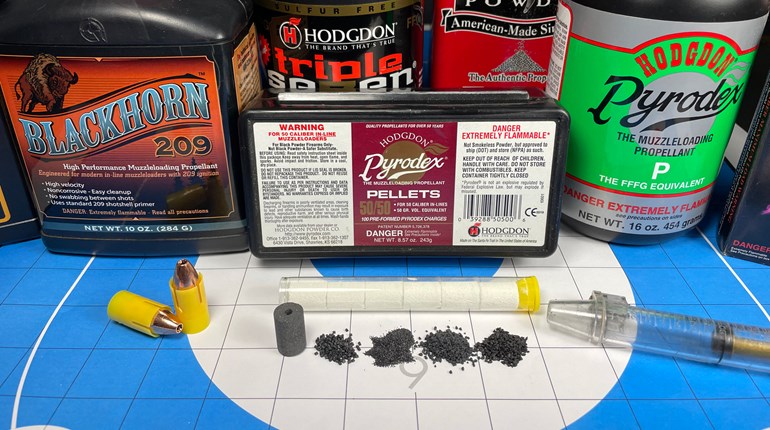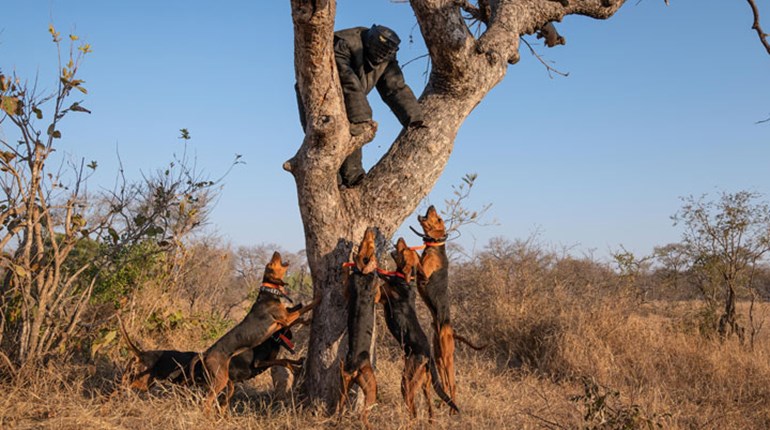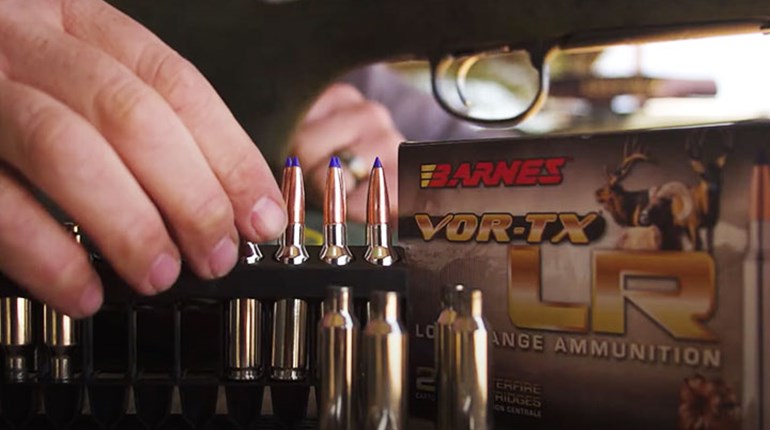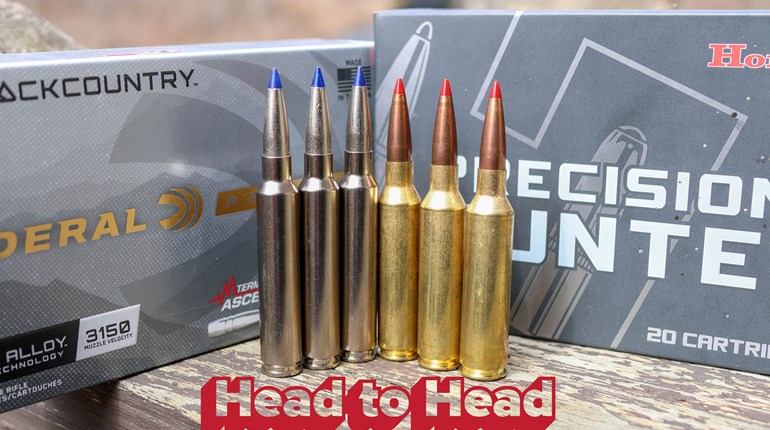In 2008, hunters in California were banned from using lead bullets to hunt big game in the range of the California condor under the assumption that lead projectiles that remained in lost game posed a threat to the birds after consuming the carcass. The evidence that lead projectiles are the source of the lead poisoning in condors is scant, but an expansion of the 2008 law is being considered that would ban the use of lead hunting bullets across the state of California. Anti-hunting forces strongly supported the initial lead ban, along with the expansion, assuming that it would make it extremely difficult for hunters to find legal ammunition, moving the state one step closer to a complete ban on hunting.
Lead bullets have been the standard choice of sportsmen for centuries. Because of its high density, lead makes an ideal core for modern hunting bullets since it provides maximum weight (thus increasing the kinetic energy of the bullet) and its soft composition expands upon striking a target, transferring energy and creating a large wound channel. The copper-jacketed, lead-core hunting bullet was the industry standard for most of the 20th century, proving far more reliable and accurate than previous all-lead bullet designs.
However, by the time the lead ban came into effect in 2008, one bullet company already had a 13 year head start on designing a lead-free, expanding hunting bullet that would perform reliably on all sizes of game at hunting distances. While hunting bear in Alaska in 1985, Barnes Bullets owner Randy Brooks developed the idea for an all-copper bullet. Upon his return to his factory in American Fork, Utah, Brooks began designing and testing all-copper bullets. His finished product was initially field tested on brown bear in 1986. Brooks’ design utilized an all-copper bullet with a slightly longer shank than traditional lead bullets, with a hollow nose cavity that expanded into four copper petals when it impacted game. Recovered bullets all had the same X-shaped expansion pattern. From then on the bullet became known as the X Bullet.
When the X Bullet hit the market, it was considered an immediate success, producing quick, clean kills on a variety of different size game at a variety of ranges. It expanded reliably and generated a tremendous amount of hydrostatic shock, and unlike the lead core bullets of the time that sometimes shed their copper jackets and produced erratic or irregular wound channels, the Barnes bullets provided consistent results no matter the size of the game. From coyotes to Cape buffalo, the X Bullet proved that an all-copper bullet could create a devastating wound channel and shed tremendous energy.
But that success didn’t come easy. Engineering a lead-free expanding bullet was challenging, and there were many hurdles that Brooks and his design team had to overcome when designing their copper projectile. For starters, because lead is the densest naturally occurring metal, it was difficult to build a bullet out of copper that could equal the weight of a lead bullet of the same dimensions. Bullets that were too long would reduce overall case capacity, causing loaded cartridges to be too long to perform reliably. If Brooks’ idea of a lead-free X Bullet was ever to come to fruition he and his team at Barnes would have to address these problems.
“The ogive of the bullet is designed to meet SAAMI specifications for given cartridges while the additional length is added to the shank of the bullet,” said Jessica Brooks-Stevens, daughter of Randy and Coni Brooks. Jessica witnessed her father at work trying to make his vision of a lead-free bullet a reality.
“Because the overall length of an all-copper bullet is longer than a lead-core bullet of comparable weight, there is a slight reduction in case capacity. However, velocities and pressures are still comparable to lead-core bullets, particularly with the addition of the Accu-Groove technology to the shank of the bullet,” she explained.
The Accu-Groove is a series of concentric rings cut into the shank of the bullet. These rings provide an area for displaced copper to gather as the bullet rotates down the length of the bore, reducing bearing surface and improving velocities. This means that a shooter can expect similar exterior ballistics from an all-copper bullet that he or she experienced with lead core bullets and better terminal performance on game. The modern all-copper versions of the Barnes bullets are the TSX, the TTSX (which is similar to the X Bullet and the TSX with the addition of a polymer tip) and the LRX, a long-range version of the TTSX. All of these share the same attributes that made the original X Bullet famous: controlled expansion, high weight retention, consistent straight-line performance and maximum energy transfer.
In a world that is growing increasingly hostile toward lead projectiles, Barnes has been facing the challenge of creating an all-copper bullet that performed as well as traditional lead-core bullets. Long before the controversial California lead ban, the engineering team from Barnes was working on developing the copper bullet that could outperform traditional projectiles, and since that time other companies have followed suit. Any anti-hunting faction that believes that making lead projectiles illegal will stop hunting is mistaken, thanks in large part to Randy Brooks and his vision of a copper bullet that can do anything a lead bullet can do. Today, Barnes lead-free projectiles are in high demand, and hunters across the world rely on the TSX, TTSX and LRX bullets, as well as Barnes’ lineup of lead free pistol and muzzleloader bullets to kill game cleanly and quickly. For Barnes, it is all about bullet performance, and its bullets just so happen to be made out of copper.





































